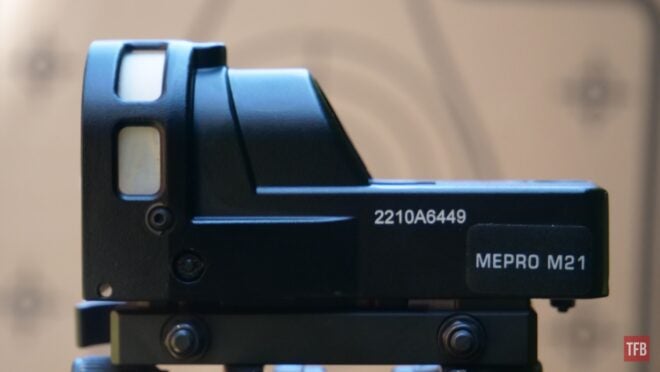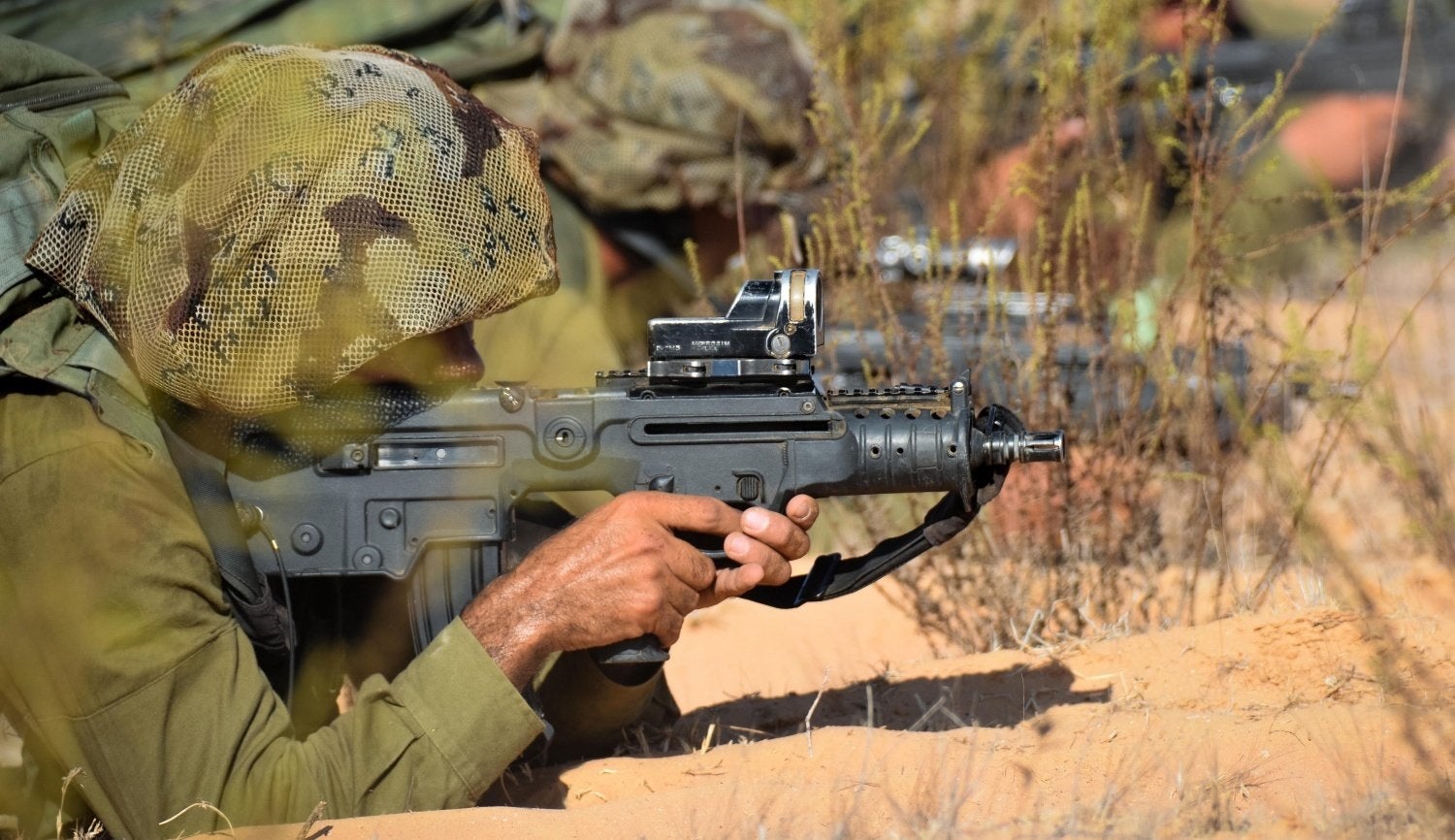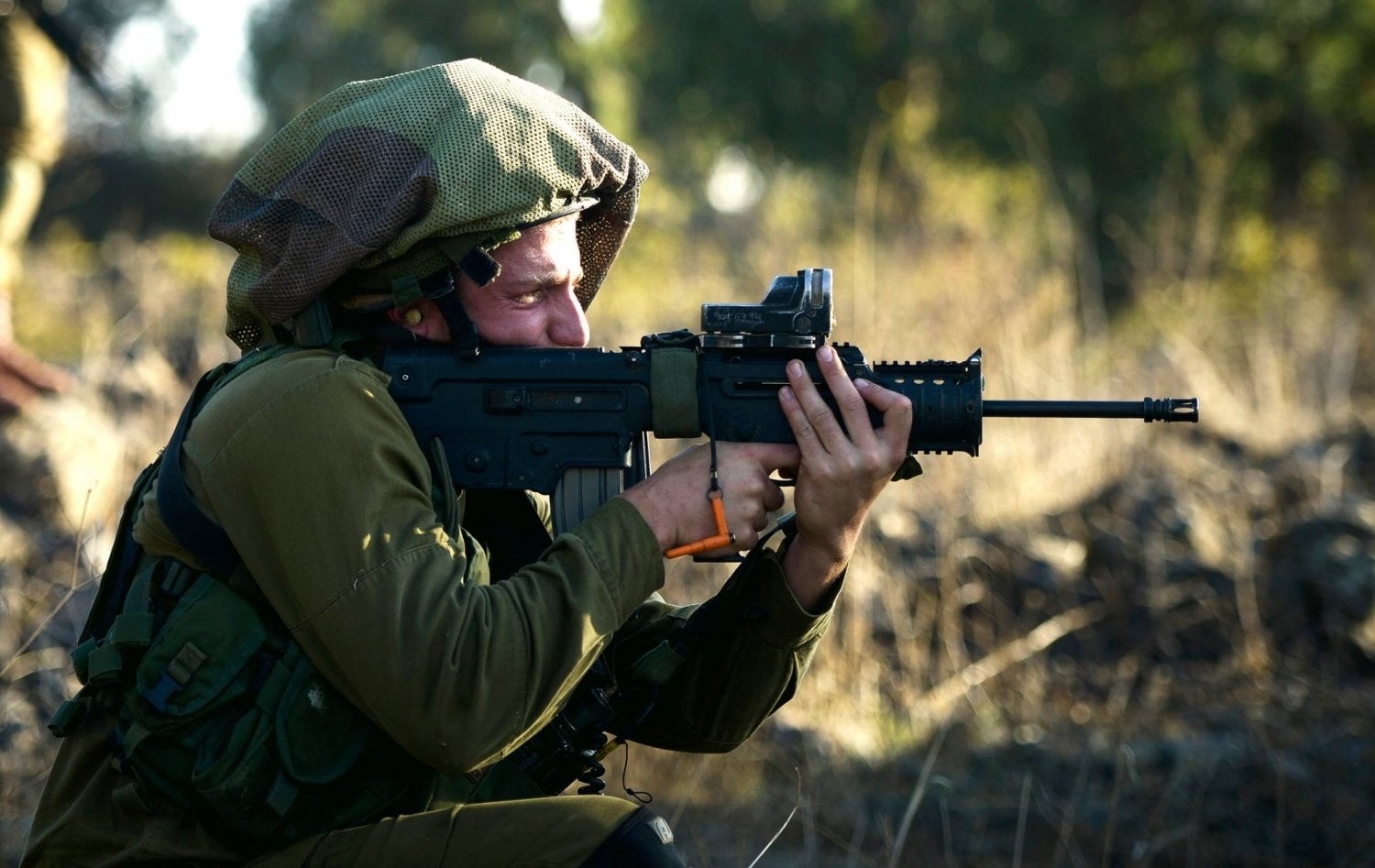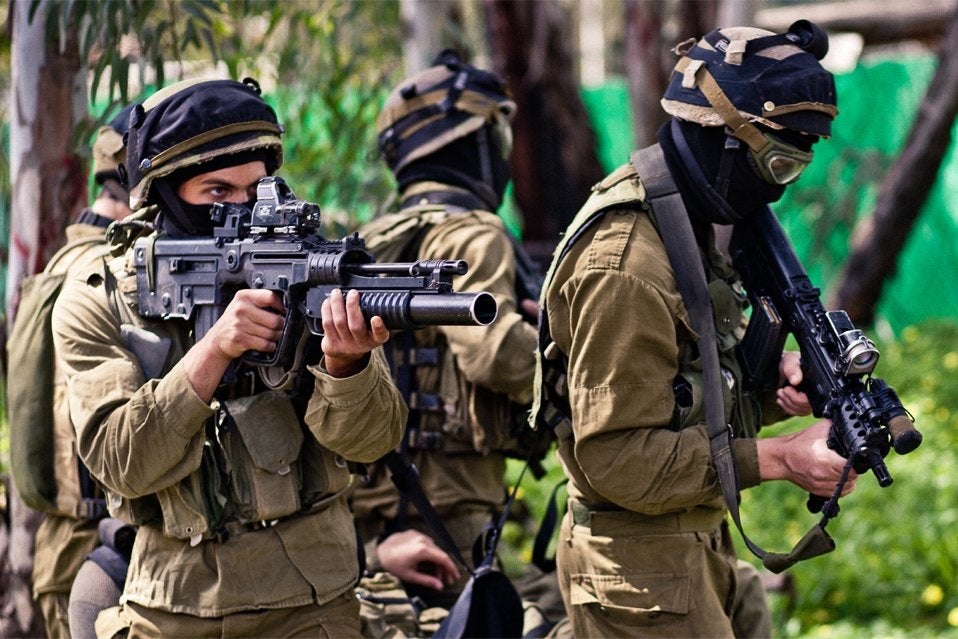The Meprolight Mepro M21 reflex sight has an extensive history with foreign armed forces that spans several decades now. It was first introduced in the early 2000s and was quickly adopted by its country of origin as a standard-issue optical rifle sight. Originally developed to meet the Israel Defense Forces (IDF) requirements, the M21 underwent rigorous testing and evaluation to ensure its suitability for Israel’s military applications. The IDF needed a robust reflex sight that could withstand demanding combat conditions while providing rapid and reliable target acquisition capabilities without the need for extra components like batteries. Since its introduction, the M21 has been in service for almost two decades and was used in conflicts by nearly all combat units in the IDF.
Meprolight @ TFB:
- Pushing for Perfection: XS Sights DIY Sight Pusher Kit & Meprolight Hyper-Bright Sights – Glock 48
- POTD: IWI Tavor X95
- TFB Review: The Meprolight TRU-VISION Red Dot Sight
The M21 was specifically engineered to fulfill these requirements and quickly became a favored optic within the IDF. Due to its success and reputation within the IDF, the M21 gained international attention, leading to its adoption by numerous military organizations and law enforcement agencies worldwide. Its exceptional durability, battery-free operation, and ease of use made it an attractive choice for units operating in various environments. The M21’s reputation for reliability and performance has made it a trusted optic among professionals. While the technology is over two decades old, Meprolight still makes and sells these optics on the open market – so are these somewhat retro fiber-optic and tritium-powered sights worth picking up with today’s modern options?
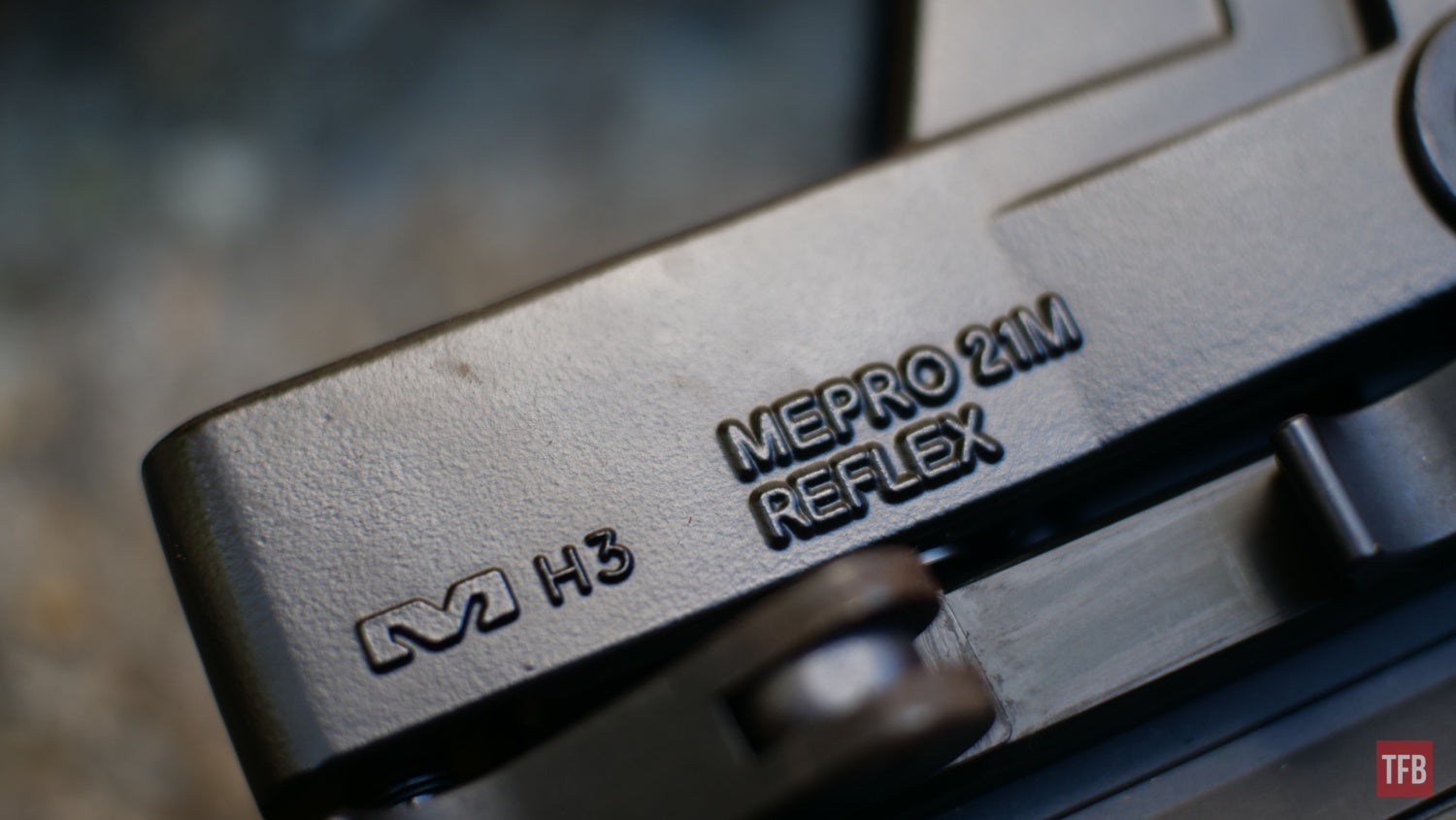
Israel’s Meprolight Mepro M21 Dual Illumination Reflex Sight
Major Features and Highlights
Self-Illuminated Technology
Unlike traditional red dot sights, the M21 does not rely on batteries. It utilizes a combination of fiber optics and tritium (similar to Trijicon ACOG) to provide a constant, automatically adjusted reticle brightness. The tritium element emits a luminous dot continuously, without requiring any external power source which is a massive positive in terms of routine maintenance and also just knowing that your optic is always ready to go whenever you are.
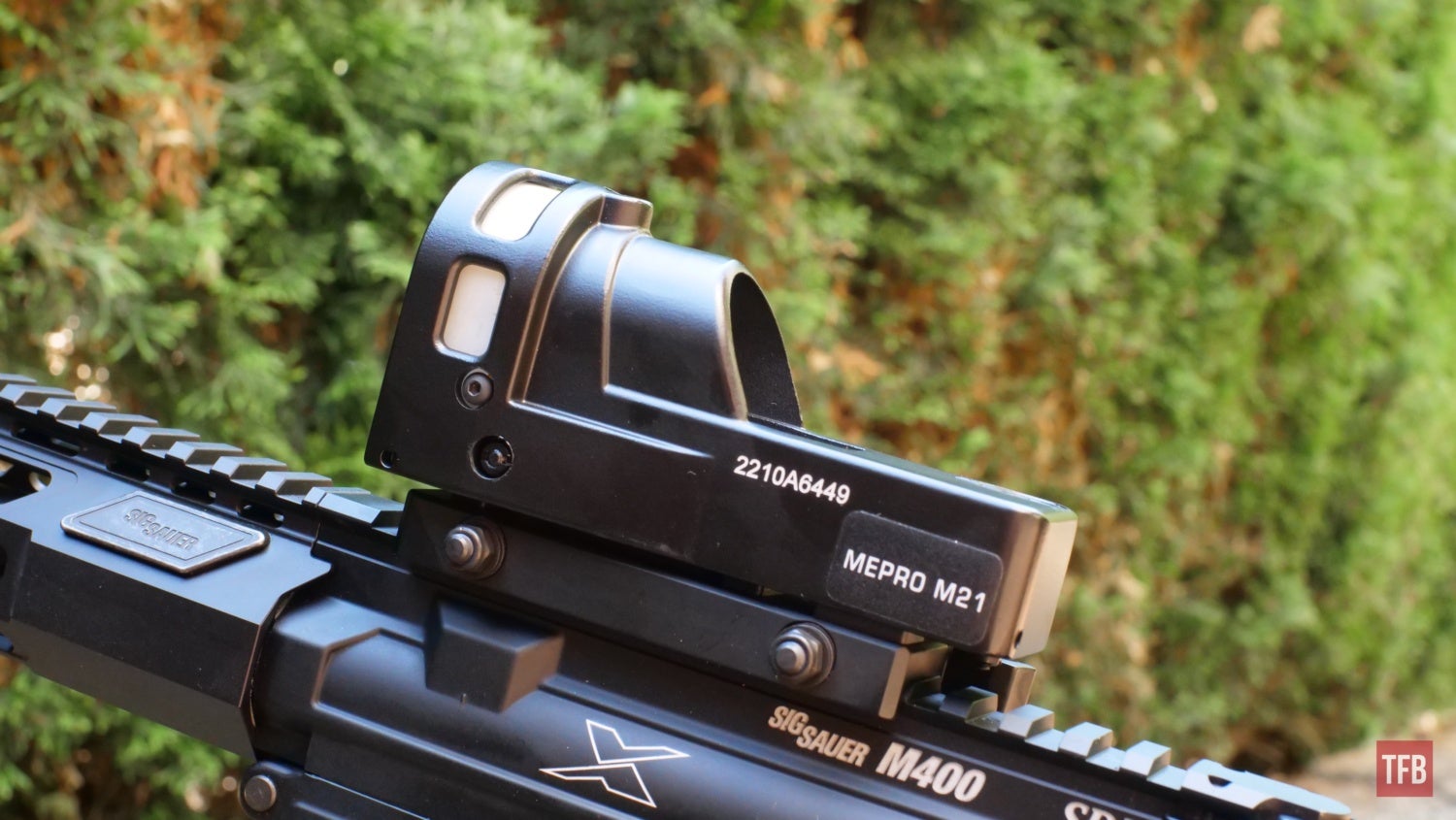
The M21 features a generously sized window that allows for quick target acquisition and a wide field of view. The reticle consists of a single illuminated dot, which is sharp, precise, and visible in various lighting conditions. The fiber optic system collects ambient light to enhance visibility during daylight, while the tritium ensures the optic is useable in low-light or nighttime scenarios.
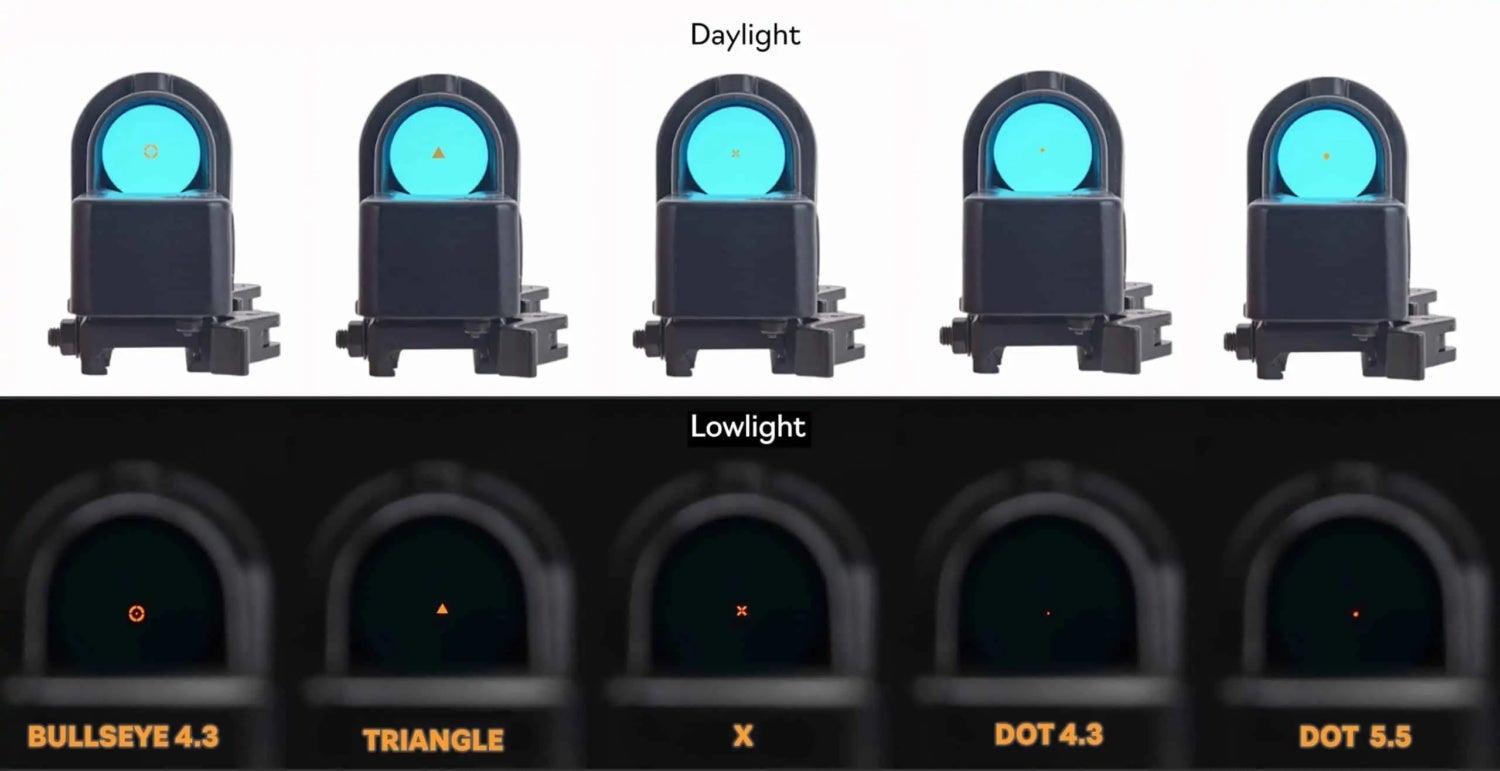
Photo: Meprolight
The M21 is available in several different reticle shapes, the two I was sent were the “Bullseye 4.3” model and the Triangle model. In total, there are 5 different reticles you can choose from and all of them come in one color – amber.
Construction
The M21 excels in rugged environments. It is water-resistant, fog-resistant, and shockproof, ensuring reliable performance even in adverse conditions. I’ve seen the M21 mounted on a lot of different platforms over the years including Israel’s IWI Tavor rifle, the AK platform, the AR platform, and even a smattering of SMGs. The optic comes standard with a QD mount which is easily adjustable with standard tools – you could use a socket or a wrench to adjust the tension but I’ve found that they come from the factory already pretty well adjusted for most standard Picatinny rails.
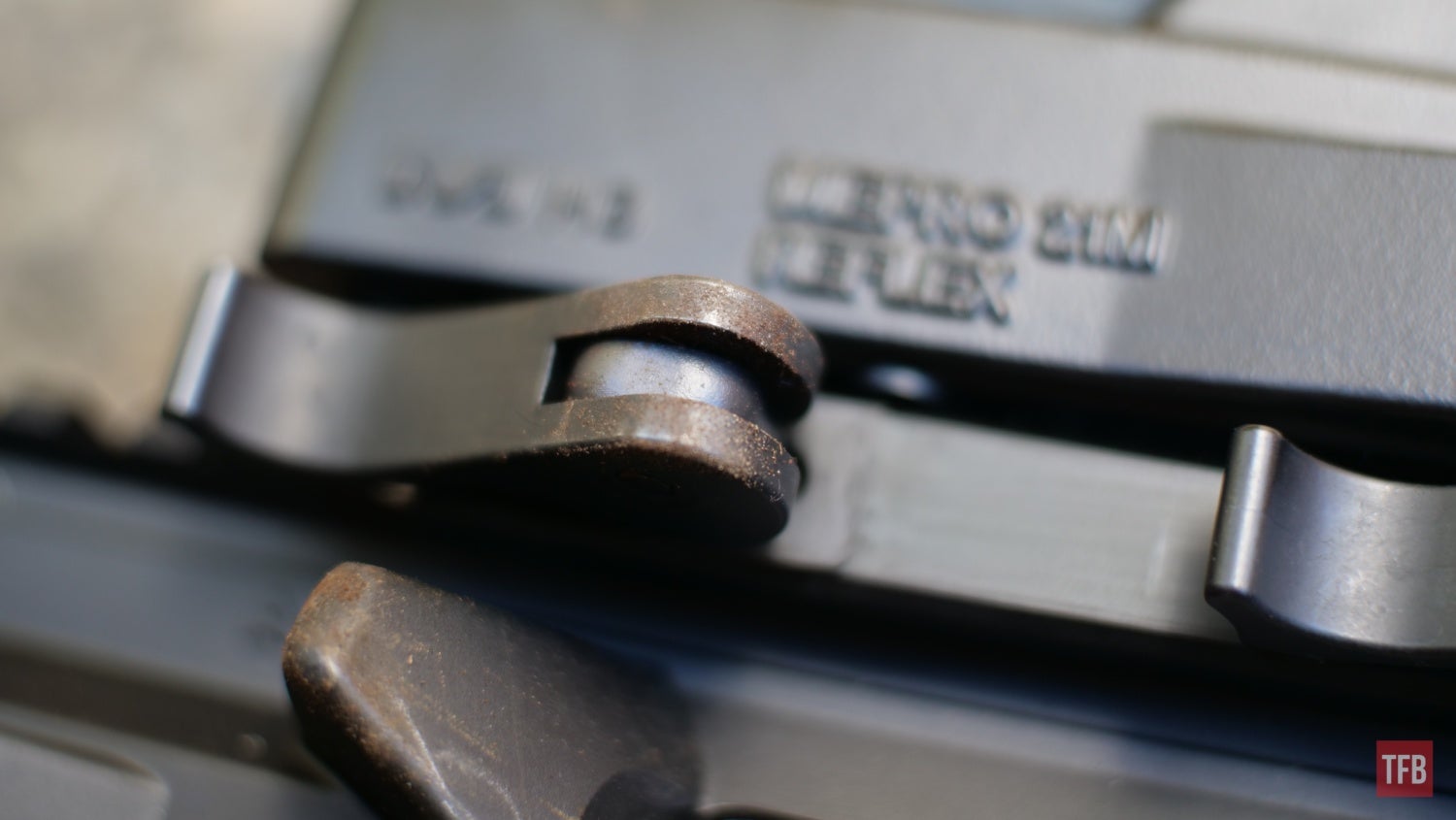
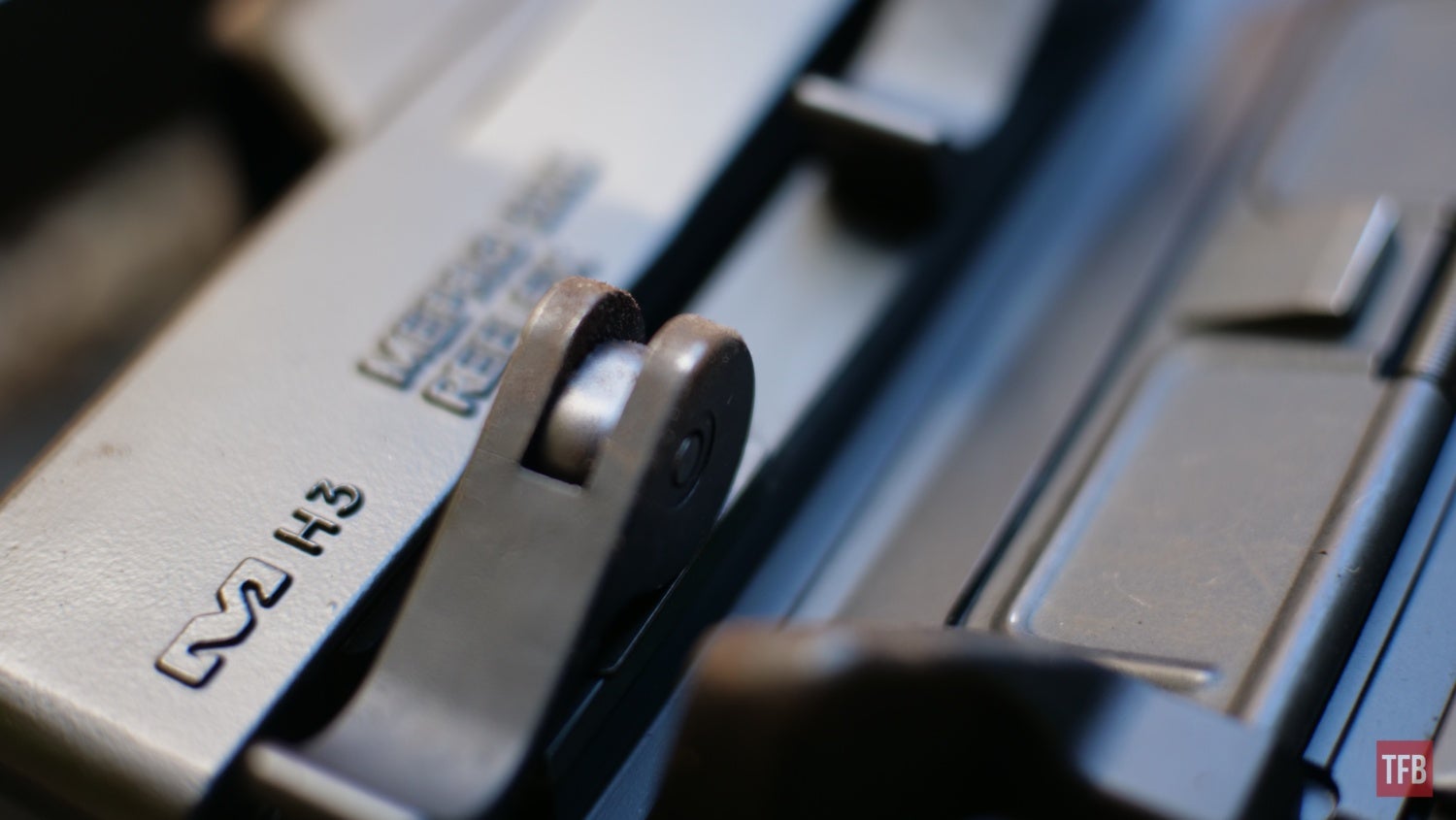
The main body of the optic is quite thick, made from metal, and features very little in the way of features that can break on it. While most of the optic is made from metal, the front end of the optic, which includes the translucent cover for the fiber optic coil allows light to enter from every direction but from behind the optic, if there is a place on this optic I might be concerned about as a point of potential weakness, these bits might be it. However, this section of the Mepro M21 is also responsible for hosting a thread-on polarizer, I wasn’t able to get one but these are often used to help make the passively illuminated system more flexible when there is inadequate light coming into the system.
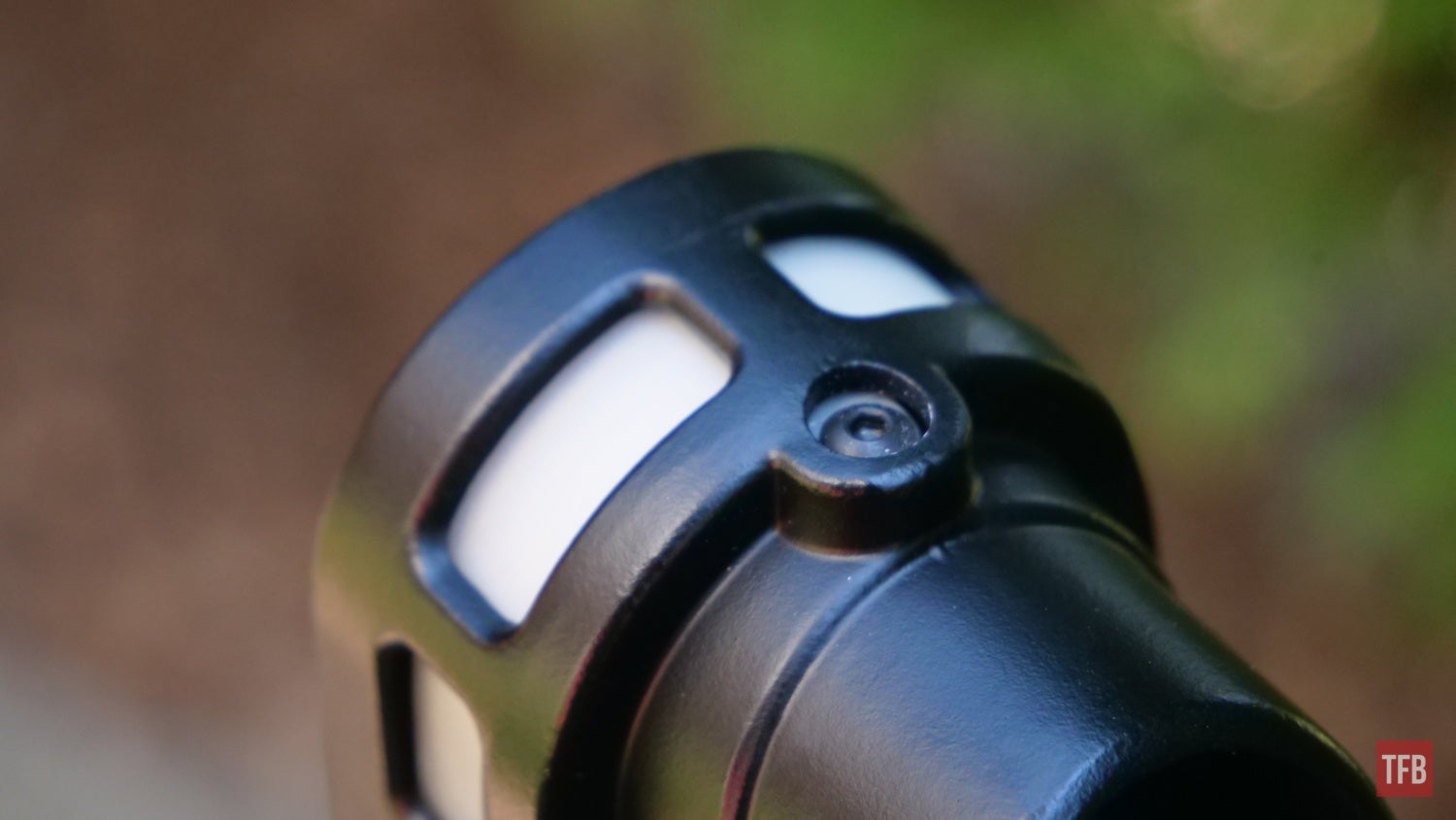
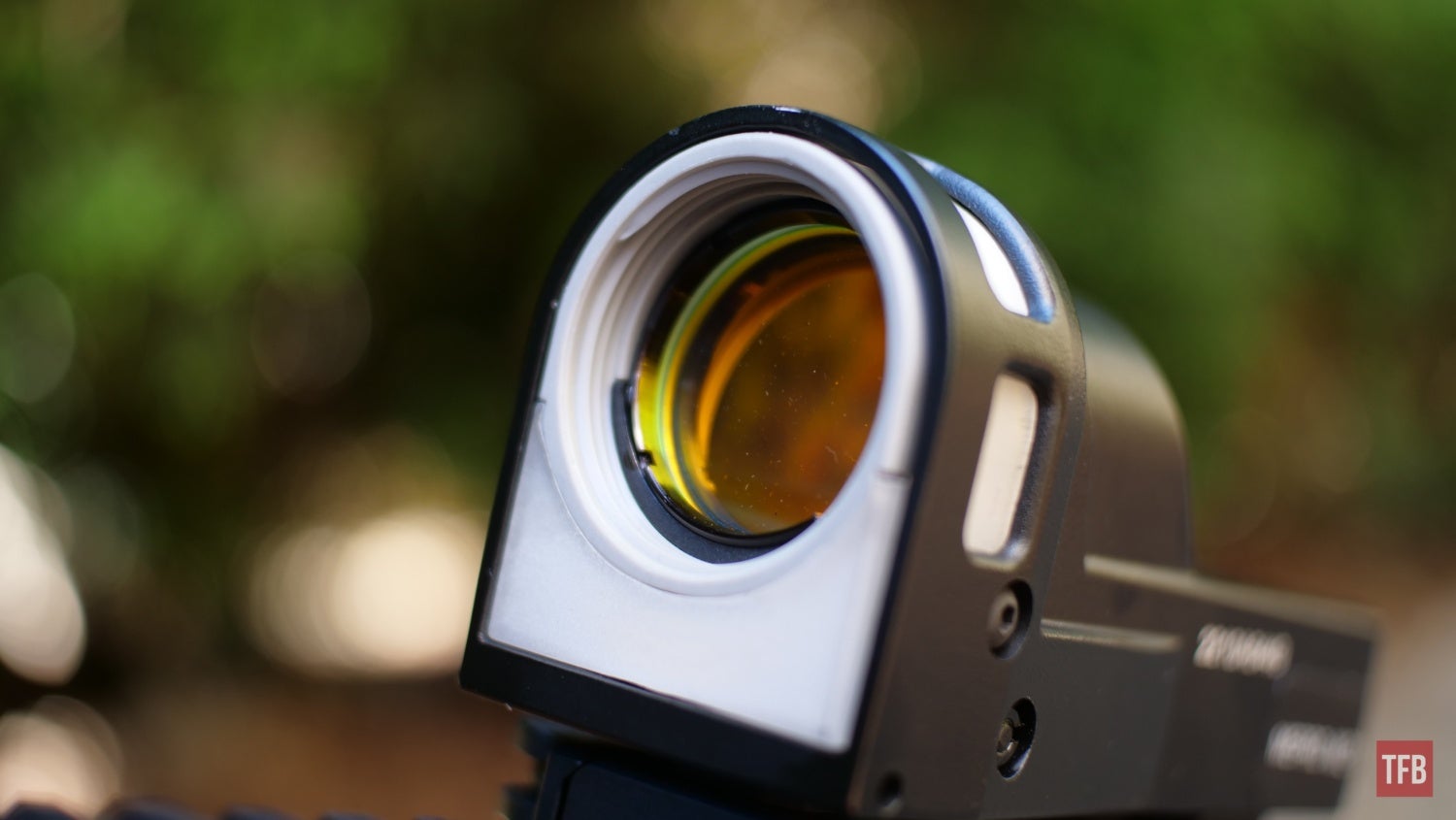
The windage and elevation turrets aren’t exactly recessed but they also don’t protrude from the optic body which should help ensure that they don’t get damaged. The elevation and windage adjustments feel firm and make clear satisfying clicks and while they’re not easily adjusted with a fingernail, virtually any spent casing you can find on the ground will do the trick in a pinch.
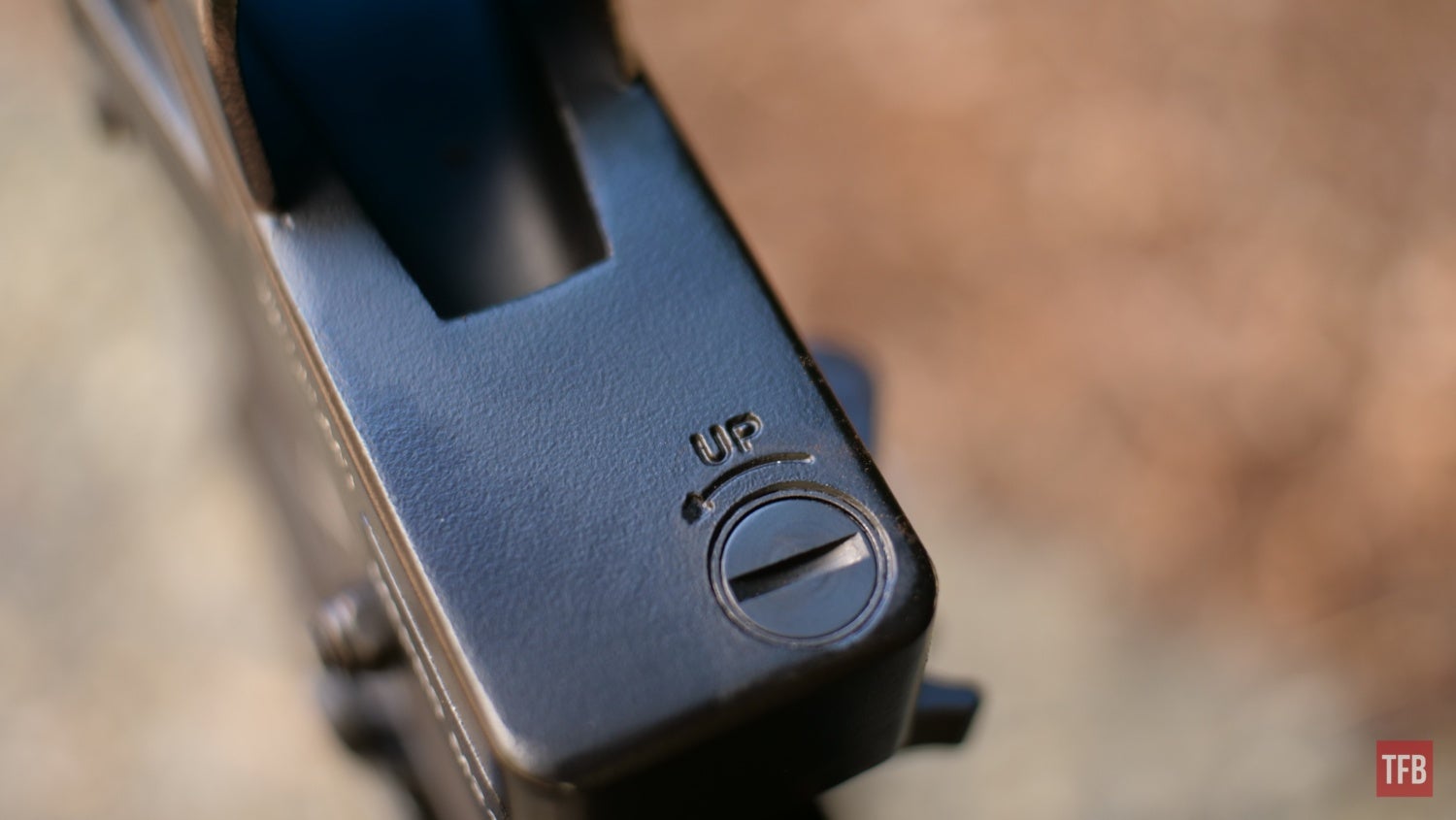
Radiation, and the Power of the Sun
The tritium element emits a luminous dot continuously which is pretty much only visible when there are no other light sources nearby. However, compared to traditionally powered red dots, the tritium does not put out nearly as much visible light and is in no way adjustable up or down. This is one of many reasons that the combination-style illumination methods used on similar optics in this category have also fallen out of favor instead of traditionally powered red dot optics.
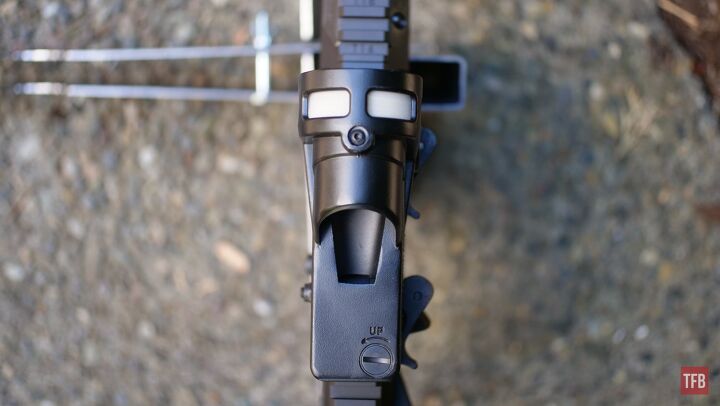
Despite the drawbacks that the tritium illumination has, it does provide you with an extra layer of flexibility by having a redundant illumination source for low light conditions. The primary source of illumination, the fiber optic light pipe system, is far more reliable and flexible and will give you adequate illumination pretty much anytime the sun is out. The worst place to use one of these would probably be at an outdoor covered range on a very sunny day with a very brightly lit target area. The photos below were taken in the shade at about midday with partial cloud cover.
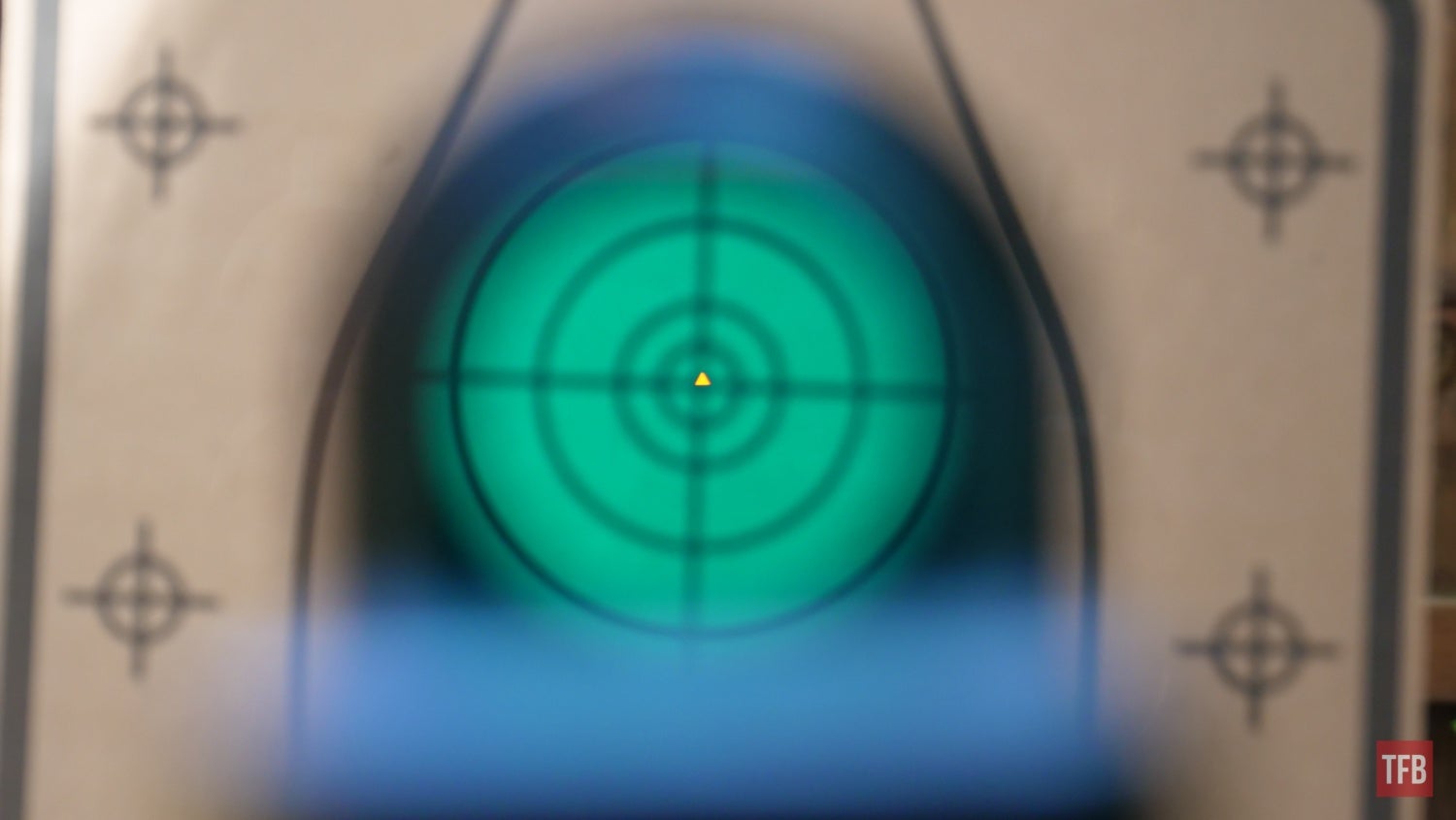
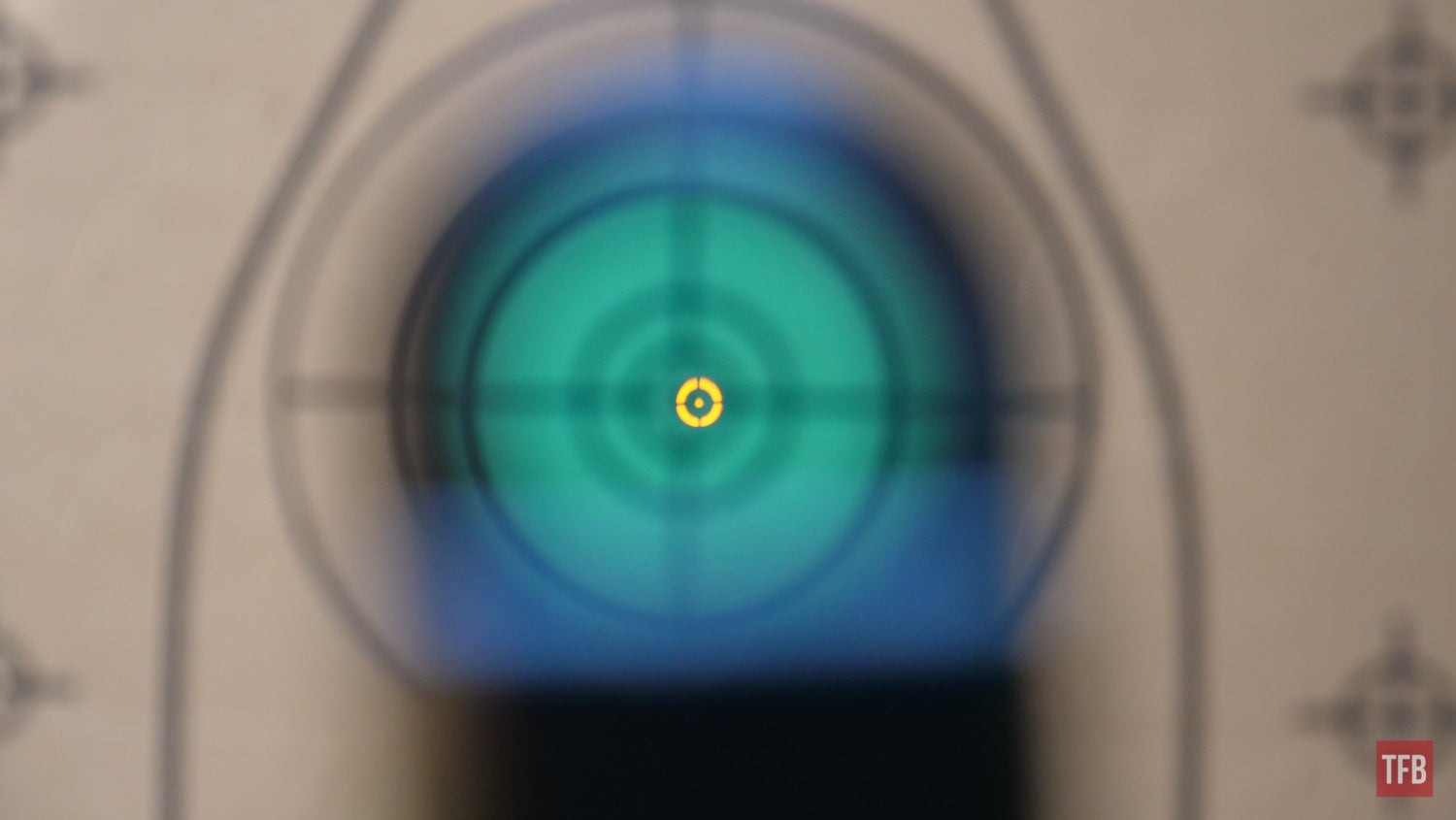
Old, but Cool Tech
I have a soft spot in my heart for older firearms tech and it’s part of the reason I was excited to get my hands on a Meprolight M21. Similar to other cool dual-illumination reflex sights I’ve tried out recently, the Meprolight M21 reminds me a lot of a ruggedized and scaled-up version of the Trijicon RX-01 reflex sight. However, unlike the RX-01 which is discontinued, you can still buy the Meprolight M21 reflex sight in any of its reticle variants for about $450 depending on where you shop for one.
While I personally prefer traditionally powered optics on most of my guns, I still appreciate the technology put into the M21 and other optics of that era as they stand as a good reminder of just how far we’ve come in terms of reflex sight technology in just 20 years. If I were to have a specific reason to purchase this optic that I could justify, it’d be whenever I wind up with an IWI Tavor rifle as I think it would really round out the whole aesthetic and keep the setup completely Israeli in origin.
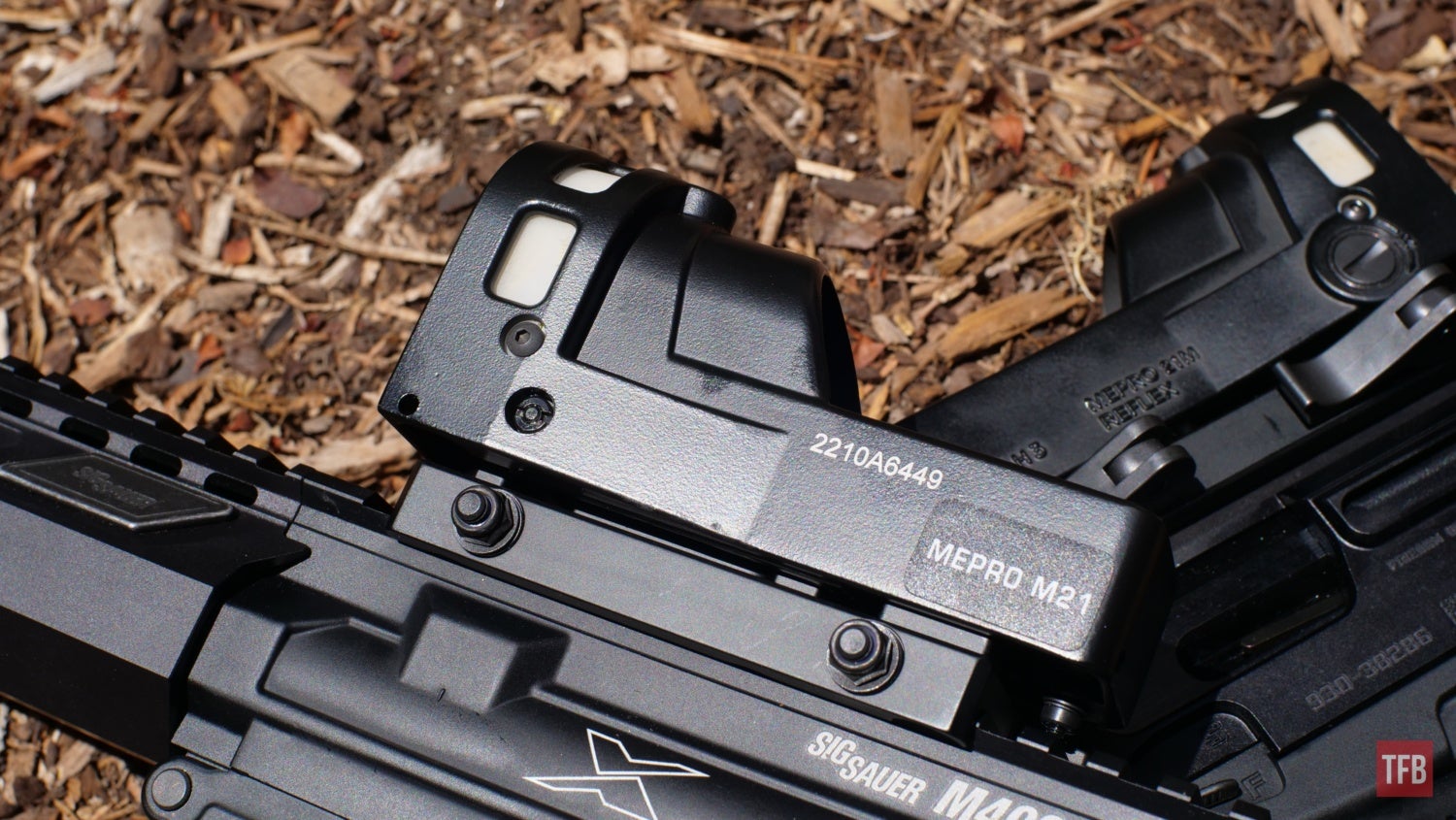
The Meprolight M21 reflex sight has a storied history closely tied to its origins within the IDF and is part of the embodiment of an era when red dot/reflex sights were still in their relative infancy. Its introduction to the civilian market, I think, helped drive the sale of the commercial adoption of reflex sights, setting new standards for durability and reliability in the optics market. However, even Meprolight and the IDF recognize the need for more capability that the M21 can’t provide the modern operator and as a result, have started replacing their old M21s with more modern optics like the Meprolight M5, still keeping the IDFs preferred optic as a domestically produced compliment to the IWI Tavor.
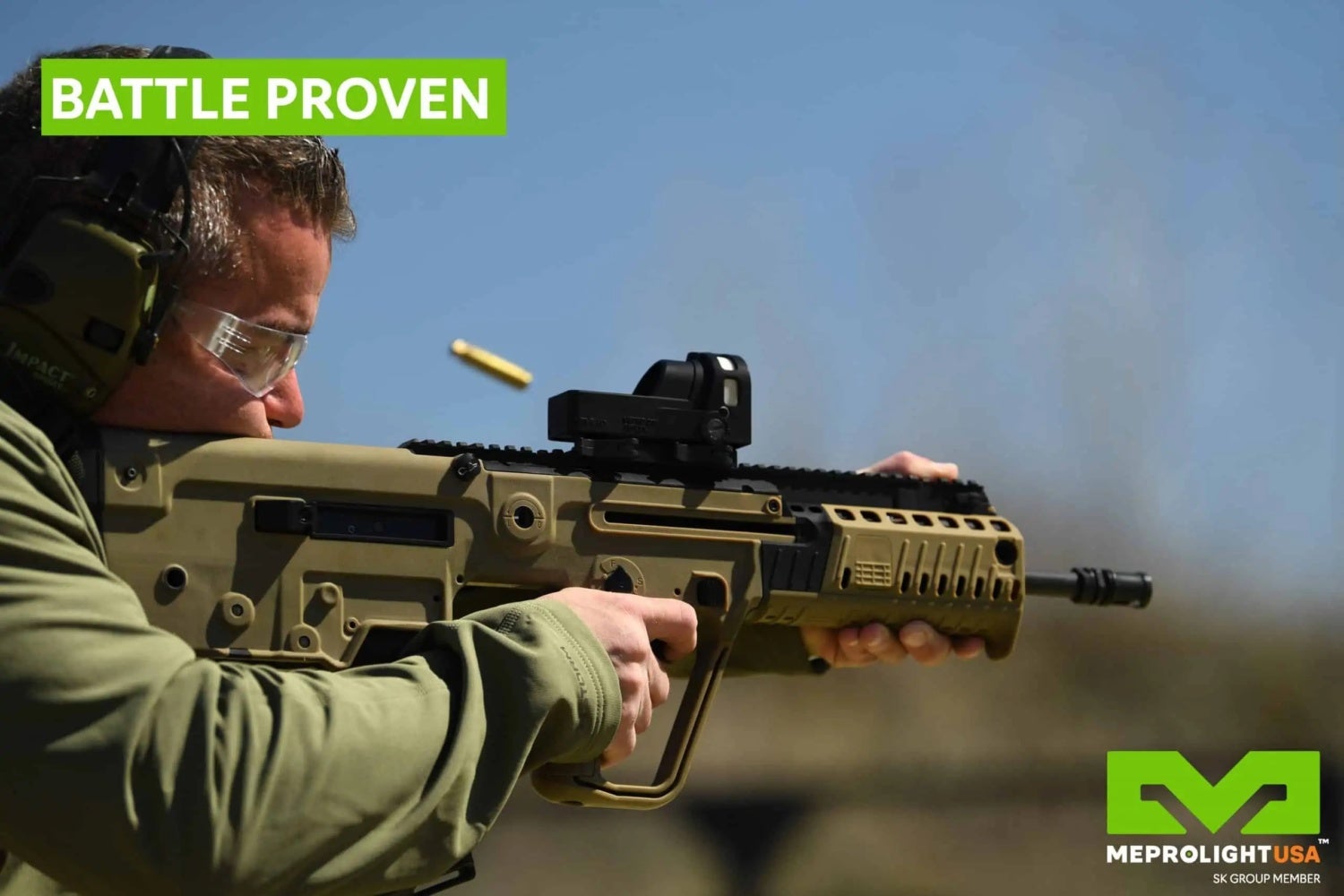
Is the Meprolight Mepro M21 Reflex Sight for You?
It has its advantages and disadvantages. First and foremost, this thing is constructed like an absolute tank. I mean, it’s rock solid, exactly what you’d want in an optic built for the battlefield. The reticle choices are quite appealing. Many people prefer the bullseye reticle, but I personally favor the triangle. The point can serve as a precise aiming point, while the lower points work as a quick and rough rangefinder (covering the shoulder-to-shoulder distance on an average male at 300m). Sighting adjustments can also be easily made in the field using the rim of a cartridge.
On the downside, the tritium illumination is somewhat weak. It functions, but acquiring the dot can be a bit challenging when you’re fighting a comparatively bright target. Some individuals have complained about washout when aiming from low-light to bright-light areas. Personally, I find that the lighting difference needs to be quite extreme for that to occur, although it does happen. However, you can mitigate this issue by using a polarizer. It doesn’t work well with night vision, which could be a reason why the IDF opted for the M5 later on. Once you choose a reticle, you’re committed to it, unlike certain holographic sights that offer selectable reticles. After around 10 years, the tritium becomes more or less useless, necessitating the purchase of a secondary illuminator, like a small flashlight that clips onto the fiber optic collectors. So, you’re not as independent of batteries as you might think.
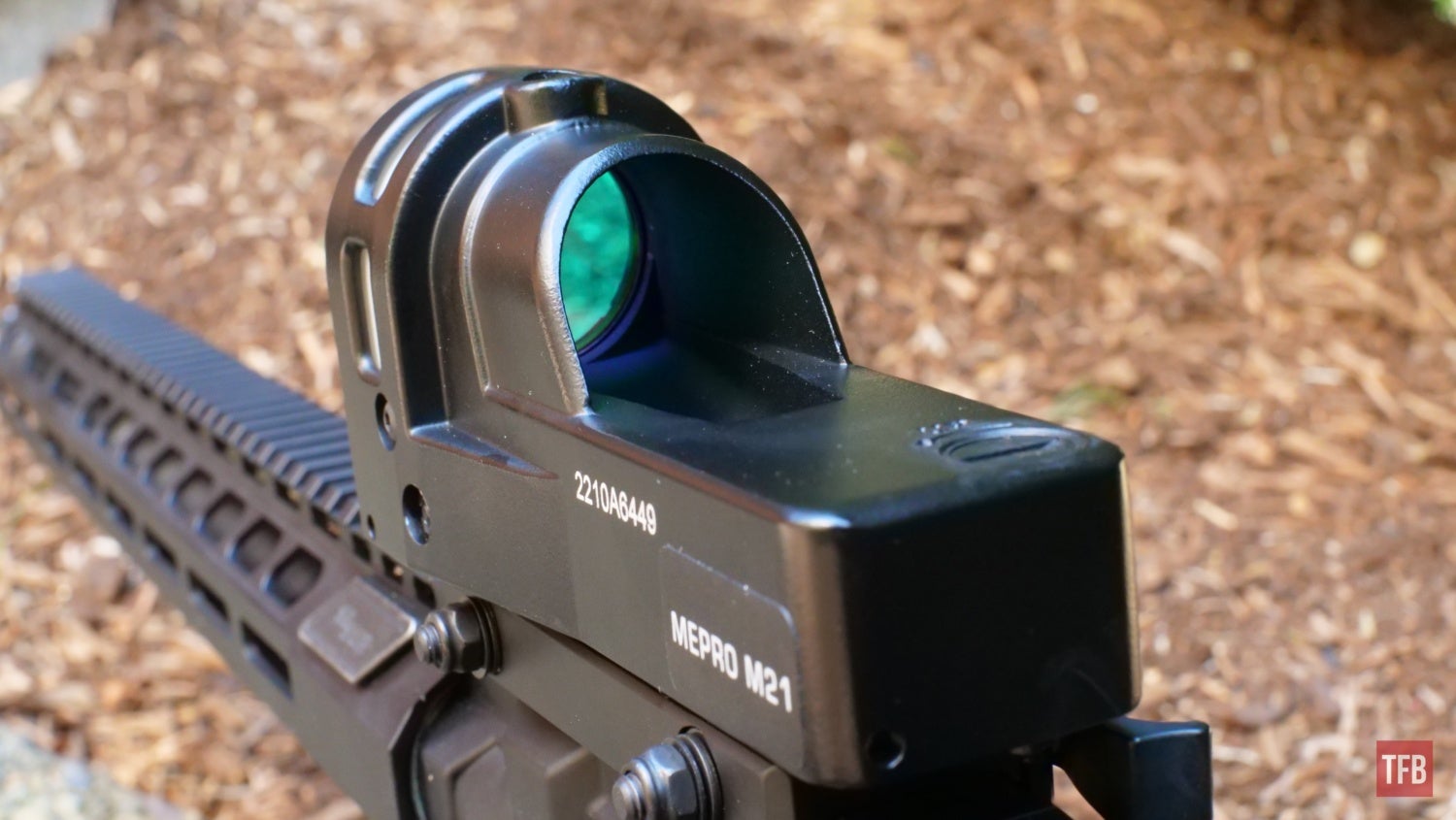
If you’re seeking something tough and reliable to take to the ends of the earth, then the M21 is perfect for you. However, if you’re looking for something to use at the range for casual shooting, there are other options that would suit you better. I’d personally like to hear what you guys think about the Mepro M21, as well as its competitors that were dropped into the market around the same era. Are dual-illuminated optics still a crucial part of the industry or have modern reflex sights and red dots surpassed these once cutting-edge optics in terms of raw performance, durability, and flexibility? I would love to hear your thoughts in the comments!
We are committed to finding, researching, and recommending the best products. We earn commissions from purchases you make using the retail links in our product reviews. Learn more about how this works.
 Your Privacy Choices
Your Privacy Choices
